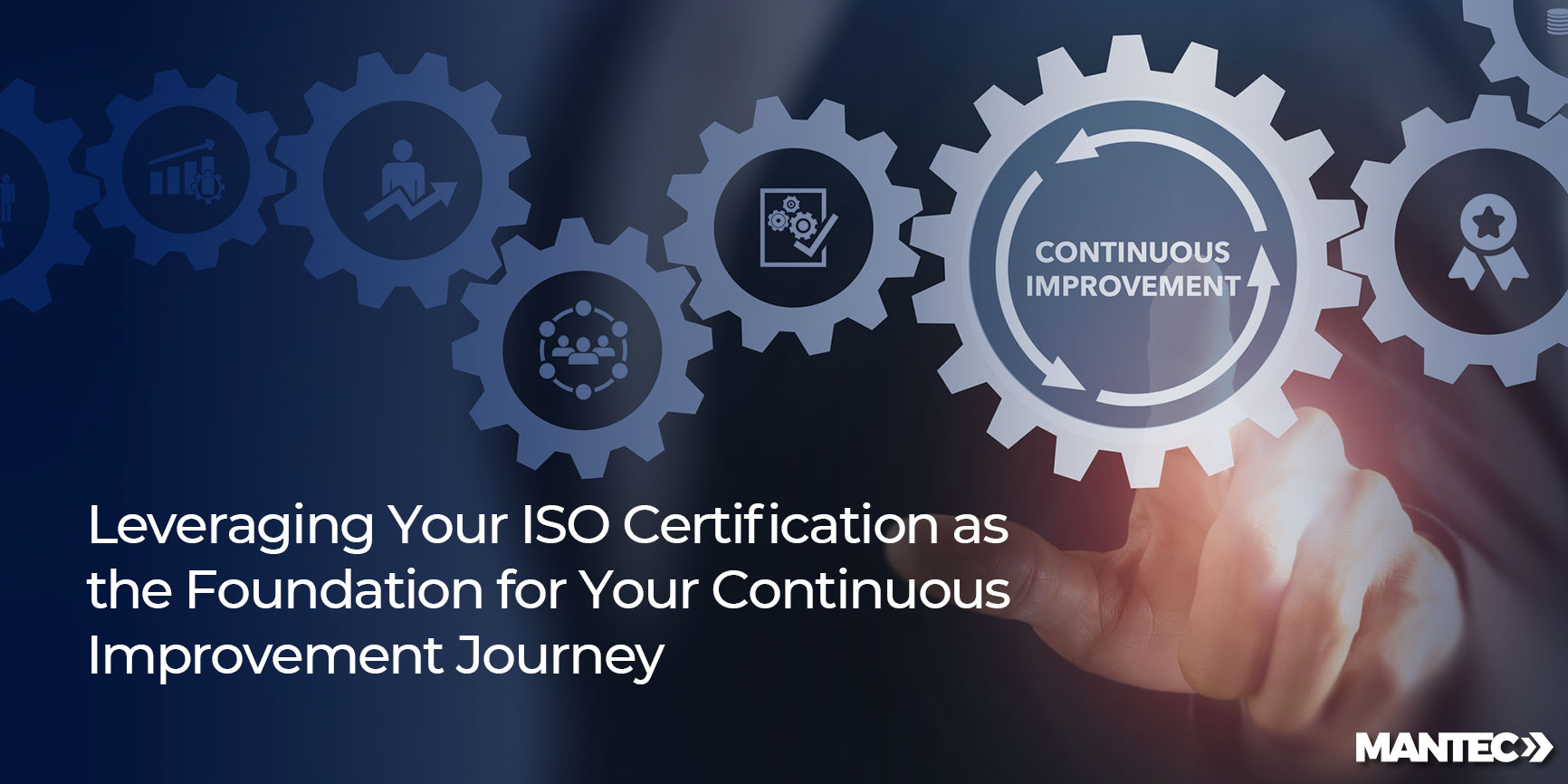In the fast-paced world of manufacturing, staying ahead often means embracing change. Soon, the only…
Business Valuation as a Process Improvement Tool
Written by MEP National Network’s David Felin, Missouri Enterprise Project Manager
Your business is priceless to you, but do you know what your business is worth to others? How effective are the processes you use to manage your business? Where should you apply your efforts to grow your business or increase its profitability? One of the best ways to answer these questions is to perform a business valuation.
But “Wait!”, you say. “Isn’t a business valuation something you do when you’re getting ready to sell your business?” In addition to determining a selling price for a business, a business valuation can also:
- Help determine the ability of the business’ processes to consistently produce profits for its stakeholders.
- Indicate areas for improvement.
- Highlight risks facing the business.
- Give the owner(s) a clearer, more objective picture of the present state of their business and what they need to focus on to improve its long-term outlook.
There are a variety of ways to value a business but they break down into two broad types: financial and operational. Financial valuations determine the monetary value of the company but they don’t necessarily tell us why the company has value.
An operational valuation, on the other hand, attempts to determine not only what the value of the company is, but where that value comes from, and how much that value can be increased by indicating the strengths and weaknesses of the business and its processes; it can also provide an actionable plan to increase your company’s value.
Among the many tools {MANTEC} uses to help our clients improve their businesses, we utilize an operational valuation to perform an analysis of a company’s strengths and weaknesses. It’s important to understand that the point of this is not to perform a financial valuation prior to the owner selling the business. The purpose is to take the first step in the creation of a long term business improvement plan.
The assessment is a simple tool consisting of a series of questions addressing eighteen value drivers. The process is based on complex algorithms that have been vetted by thousands of businesses, advisors and academics over 30 years. The client business can then determine their company’s status relative to the rest of the industry in key areas.
The net result is a determination of the enterprise value of the company, which indicates how strong or vulnerable the company is in various areas. Enterprise value measures the ability of the business to dependably generate revenue and profit at or above its current rate.
The company’s enterprise value is compared to industry norms to determine if there is a value gap, what is causing that gap, and how much the value of the company can be increased by focusing on those operational and market issues. Most importantly, the areas causing the value gap have been identified and can now be addressed in a systematic manner.
Once the operational value process has been completed, an action plan can be developed to focus on improving the business processes that will help your company grow profitably into the future.
{MANTEC} works with the business to prioritize what areas should be worked on first. From that discussion will come a list of projects to address, measurable objectives to determine the progress and effectiveness of improvement efforts, and a timeline of when those projects can be expected to complete.
Many businesses will likely want to revisit the valuation process on a regular basis, perhaps annually, as an additional measure of the effectiveness of their continual improvement efforts.
For instance, a revaluation prior to a Management Review of the Quality Management System would give additional perspective to the results of audits and other quality metrics. It’s the classic Plan-Do-Study-Act cycle but now a monetary value is being added to the indicators of process improvement and most business persons will see the value of that instantly.


